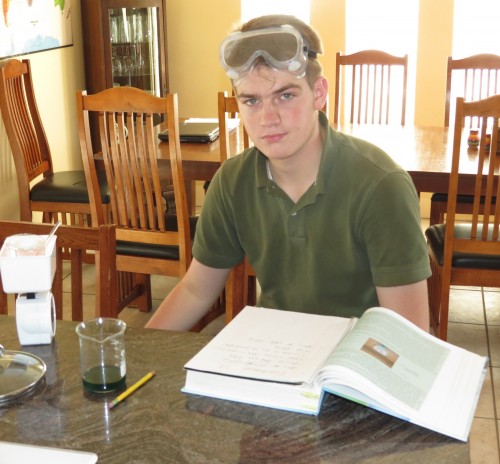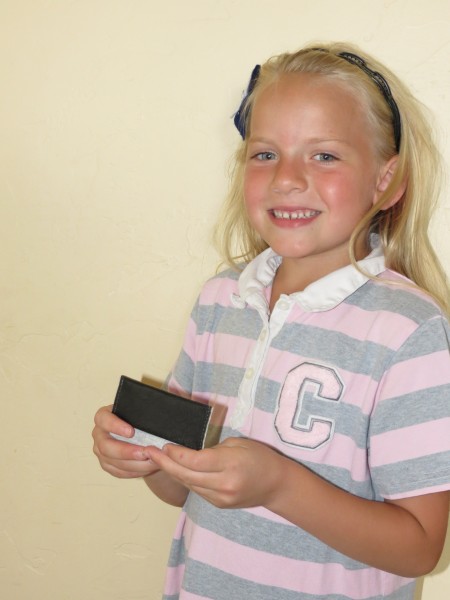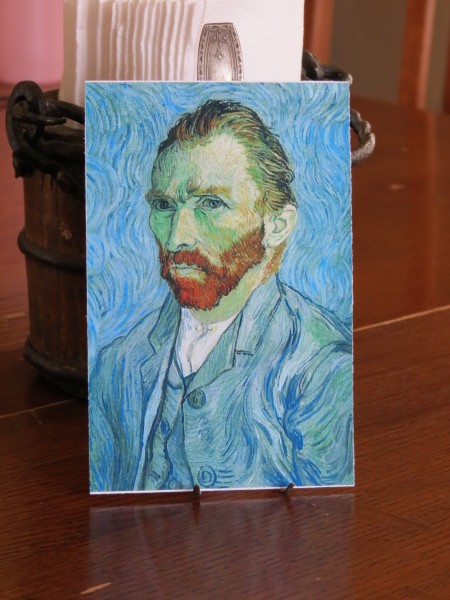A Look at Artist Appreciation at Our House
Did you all start school yet? Every year I make our homeschooling schedule and determine that we’re going to really stick to it this year. Then unexpected happenings occur and the schedule has to be thrown out. Over and over and over again. 
We homeschool year-round but I think it’s nice to have a definite day to say we’ve started. The kids look forward to the fresh beginning, too.
Here are my students this year. 
and Wesley…
It was a very hectic and busy week for me since I was a part of many of the subjects.
We had Tuesday Tea (you can read here about our poetry tea’s).
The kids recited memory work (poems, Scriptures)
and then we had Artist Appreciation. With Artist Appreciation we observe 6 paintings from one artist over a 6-week period of time. I have them printed at Costco.
Our first artist is Vincent van Gogh. I gave the kids a few details about van Gogh.
He was a Dutch post-impressionist.
He suffered from depression and severe mental illness.
He only sold 1 painting in his lifetime.
His brother Theodore always supported him and would write him encouraging letters.
One of his paintings sold in 1990 for $82 million dollars.
Each of the kids had a turn looking at the picture for as long as they wanted. Then I removed the picture and each one took a turn telling me a detail they had observed in the painting. Doing this, you teach your children to really notice details.
Here are the steps Miss Mason outlined.
Step I.––Ask the children if they remember what their last picture-talk was about, and what artist was famous for animal-painting. Tell them Landseer was acquainted with animals when he was quite young: he had dogs for pets, and because he loved them he studied them and their habits––so was able to paint them.
“Step II.––Give them the picture ‘Alexander and the Diogenes’ to look at, and ask them to find out all they can about it themselves, and to think what idea the artist had in his mind, and what idea or ideas he meant his picture to convey to us.
“Step III.––After three or four minutes, take the picture away and see what the children have noticed. Then ask them what the different dogs suggest to them; the strength of the mastiff representing Alexander; the dignity and stateliness of the bloodhounds in his rear; the look of the wise counselor on the face of the setter; the rather contemptuous look of the rough-haired terrier in the tub. Ask the children if they have noticed anything in the picture which shows the time of day: for example, the tools thrown down by the side of the workman’s basket suggesting the mid-day meal; and the bright sunshine on the dogs who cast a shadow on the tub shows it must be somewhere about noon.
“Step IV.––Let them read the title, and tell any facts they know about Alexander and Diogenes; then tell them Alexander was a great conqueror who lived
vol 1 pg 311 – Charlotte Mason
I considered using Adventures in Art this year but I didn’t have everything ready when I needed it, so I went with Van Gogh, who my older boys had studied several years ago. Adventures in Art say’s their goal is to help your children see the shifts in style from period to period — to see art in the flow of history. Have any of you used this?
Tuesday Tea takes some extra work but I think it’s worth it.





5 Comments
Carmen
Hi Elisabeth,
I think Seth would enjoy Art Appreciation. Did you simply choose the artist, research them and come up with your own info, then follow Charlotte Mason’s format?
Carmen
Elisabeth
Hi Carmen! Yes, but I did look at suggestions for artists to study on Ambleside Online. Obviously, there are plenty of artists to avoid. Jan Vermeer was one artist my boys seemed to like, as well as N.C. Wyeth. Seth might be at a stage where his interests would dictate the artist.
JS
Love hearing of the well-rounded curriculum you’re giving your special gifts from God.
Lucille
Love the idea of the exercise to exercise being aware or details. Going to try that!!!
Lucille
Ugh…Love the idea of the exercise of being aware of details. Going to try that!!!